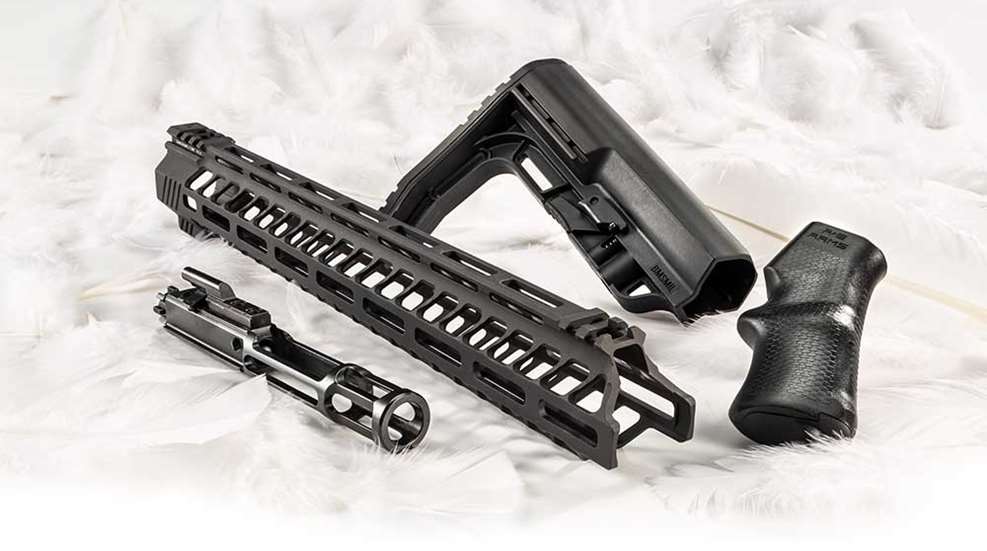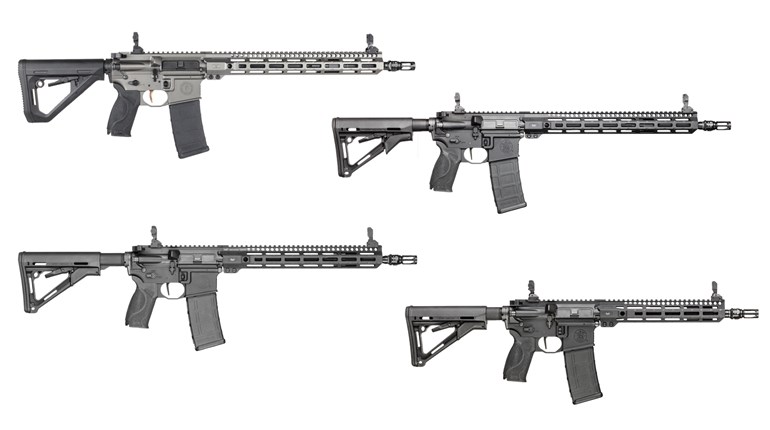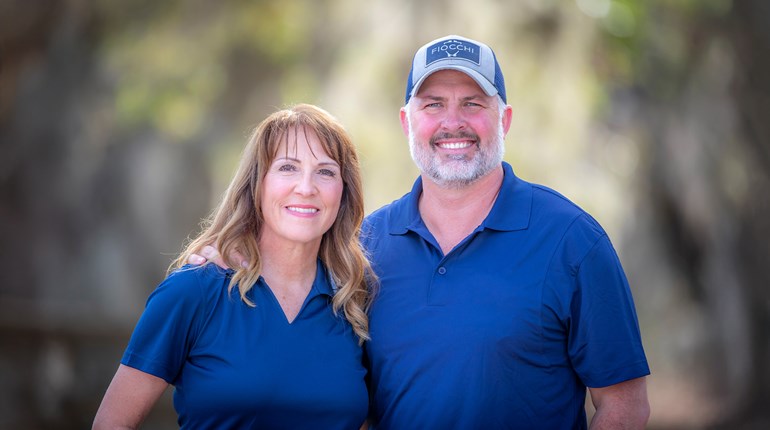
The saying “Travel light, freeze at night” is likely familiar to anyone making a living on their feet, carrying everything needed to survive in pouches, pockets and packs. I came to know it early in my Army life, shivering away more calories than I could carry more times than I care to remember over the ensuing two decades. Backcountry campers, bush pilots, mountain hunters and wilderness pros are similarly well-versed in trading comfort for mobility and mission-essential gear. A corollary exists in the shooting world: Trimming down rifles to minimal sizes usually results in reductions of accuracy, firepower and reach—until now, that is. Just as advances in lightweight and packable materials have made living on the hoof more comfortable, modern component designs make effective, flyweight long guns possible, too.
Streamlining rifles is not a new concept. Not long after the first Jaeger rifles and Brown Bess smoothbores were lugged off sailing ships by our forebears, intrepid ’smithies began figuring out how to make sleeker, lighter and better-balanced flintlocks. Advancements in metallurgy, ammunition and manufacturing techniques helped to further trim down 19th century arms. The 20th century brought us steel stampings, aluminum alloys, plastics and entirely new operating systems as our rifles continued to shrink.
Not far into the 21st century, I shortened one of my sniper rifles (while overseas) and quickly realized that compact and light did not necessarily have to be accompanied by reduced effectiveness. My sub-MOA-capable, 7.62 NATO semi-automatic rifle shed weight, length and actually shot tighter groups at 100, 300 and 600 meters when I was finished, in spite of still being made from materials in use since the 1950s. Today carbon fiber, titanium, polymer and aluminum work in concert to aid our lightening efforts.
Shaving weight is where these materials shine their brightest, but each has other pros as well as cons. Polymer can be machined into any shape and size needed, but lacks strength in small dimensions, melts against hot steel and gets brittle at extremely cold temperatures. Carbon fiber is silly-light, rigid and an exceptional insulator, but it does not resist crush forces well and has low conductivity, holding heat in the steel it insulates. Titanium is a great option to shave weight where strength is called for, but it is difficult to machine and does not tolerate metal-on-metal friction or impacts. So long as these materials are used properly, they have much to offer.
Large- and mid-size firearm manufacturers are steadily adding competitively priced, light-rifle options to a market that has traditionally been serviced by smaller shops. ARs lead the way here with feature-laden, small-receiver-size models coming in at weights less than 5 pounds and featherweights just shy of 4 pounds. Good-shooting ARs chambered in .308 Win. can be found in the 7- to 8.5-pound range, while the lightest models weigh less than 7 pounds. The increased use of smaller, hybrid receivers for larger AR cartridges has been a particular help here.
Modern Sporting Rifles also have the largest volume of light components suitable for retrofitting existing guns. Most makers of steel barrels and AR bolt carriers offer lightweight options alongside their regular products. Skeletonized, extruded-aluminum or carbon-fiber freefloat fore-ends further drop weight at the front of the rifle, while trimmed-down polymer furniture shaves weight at the tail. DS Arms, V-Seven, 2A Armament and Brownells offer lightweight aluminum and titanium small parts that replace original AR steel. Small pins, grip screws and even muzzle devices can be had in materials that shave a tangible amount of weight after a full retrofit. A small number of titanium parts and accessories specifically designed for SCAR, M1A and FAL rifles are also available in the aftermarket.
Light-contour carbine barrels still turn in steady sub-MOA groups with the right ammunition. Last year I built a trio of light .308 Win. ARs using standard AR-10-size receivers and light steel barrels. I included ambidextrous controls, steel small parts and still held all rifles to 8 pounds or less. Each gun yielded sub-MOA groups with multiple factory loads at 100 yards, with at least one load per gun grouping better than .75 MOA. The lightest (7.5 pounds) was hard to part with after testing was complete. This year I will repeat the effort, using lighter components to see how much I can trim from a large-receiver rifle while still maintaining good accuracy.
Manual-repeater aficionados need not be burdened with heavy relics, either. Rifles weighing less than 7 pounds are easy to find, while companies like New Ultralight Arms, Weatherby and Proof Research offer sub-6-pound centerfire models. Browning chambers its lever-action BLR Lightweight in calibers ranging from .223 Rem to .300 Win. Mag., the heaviest of which barely tips the scales past 7 pounds.
Just like MSRs, components for building or retrofitting bolt actions are also dribbling into the marketplace to meet the needs of gun dieticians. Anarchy Outdoors has light replacement parts for Ruger American and Precision rifles as well as some Tikka models. Mesa Precision Arms’ Crux Titanium receivers are built in the familiar Remington 700 footprint and are available in several sizes. Fierce Firearms’ TI Edge presents another titanium-receiver option that allows for longer barrels in a carry-friendly weight range.
Of course, all this weight loss adds cost. Carbon-fiber-wrapped barrels can double or even triple that part’s cost. A $3 steel castle nut can set you back $30 in titanium, so your budget will ultimately determine how deep you go down this rabbit hole. I recently shaved three-quarters of a pound off of a 5.56 carbine by simply replacing steel parts with titanium and aluminum. The new components were not cheap, but the 12-ounce difference was noticeable enough to bring a big smile to the owner’s face. Shaving every excess gram off of an existing AR can run several hundred dollars in parts alone, especially if a barrel change is included in the mix.
This focus on lightening our rifles reminds me of another maxim that was popular in my grunt days: 100 pounds of lightweight gear still weighs 100 pounds. In other words, do not get so excited about trimming down that you follow up by adding enough extra gear and accessories to exceed your lost weight. Look for rifle accessories that have followed the same trend of trimming, slimming and lightening overall size and weight. Once you get your rifle down to size and set up with your “min force” accoutrements, spend as much time as possible training to use it well. Then train some more.





































